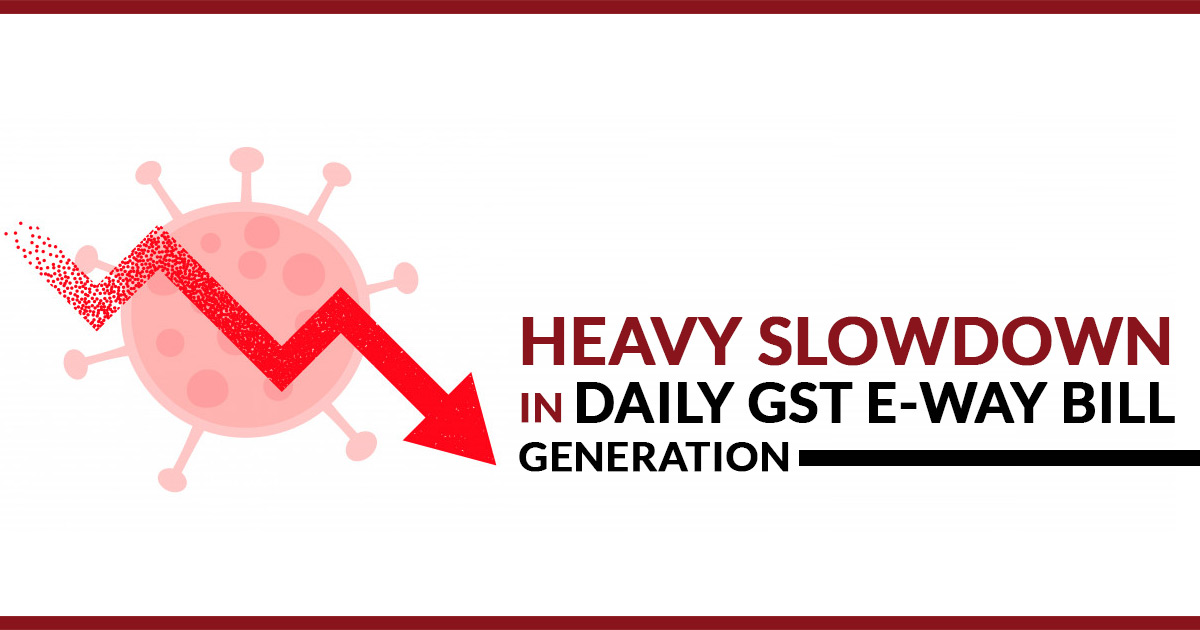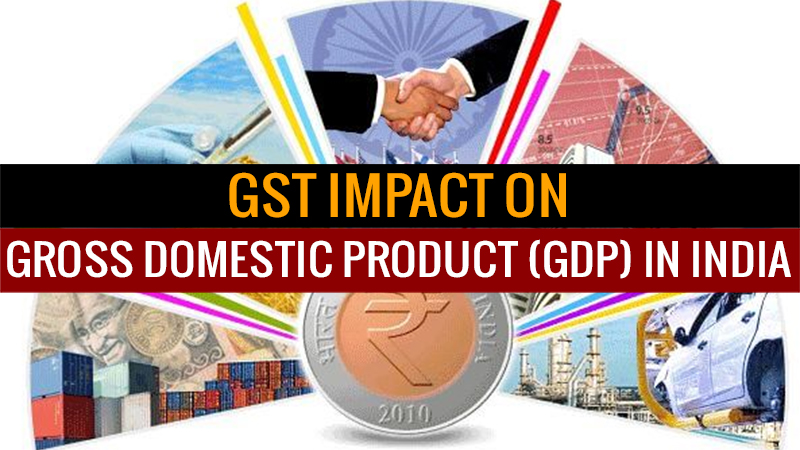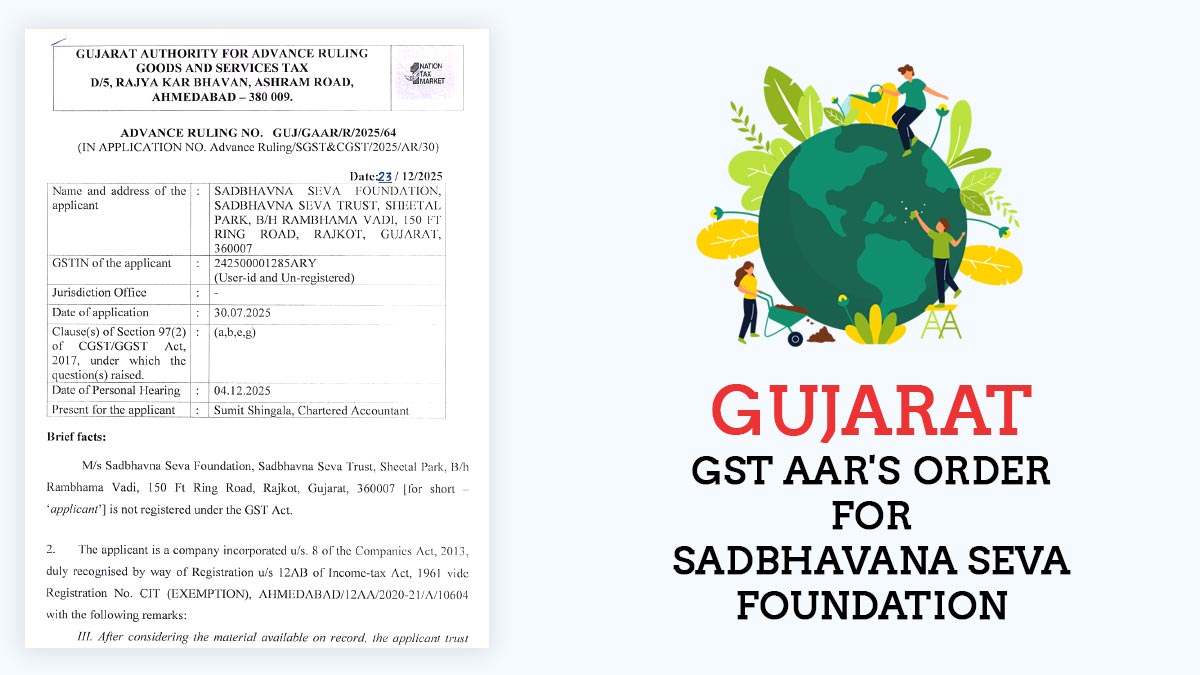
Owing to the second Covid-19, there has been a sharp slowdown in economic activity that has resulted in a fall in a one-year low of average daily e-way bills in the month of May. As per data released by Goods and Services Tax Network, 19.4 million e-way bills under GST have been generated on its portal till May 16. This leads to an average of 1.21 million e-way bills per day that was 1.95 million daily in April and 2.29 million daily in March and is the lowest since May 2020. At that time it fell to 0.87 million bills per day.
The abovementioned phenomenon suggests that the GST collection for the month of May and June might witness a downward trend after touching record levels in April and March. The month of April witnessed an e-way bill generation decline to 58.7 million from 71.2 million in March and it is reflected in the GST collection in April at Rs 1.41 trillion.
Adding further, The collection figures of GST for the month of April largely captures transactions or supply made in March. February had experienced an average of 2.28 million e-way bills generated per day. E-way bill generation in May shall reflect in the GST numbers of June.
It is worth mentioning here that the E-way bill is a document that is required to be generated by GST taxpayers for the inter-state movement of goods in case if the value of the consignment is more than Rs 50,000. It indicates a trend in demand and supply in the economy, which is reflected in macroeconomic indicators with a lag.
“M S Mani, Senior Director, Deloitte India said “While some of the services sectors such as hospitality, entertainment and aviation have been grappling with a significant decline in their businesses, any reduction in e-way bill generation could point towards a significant decline in gross domestic product (GDP),”
Citi has dropped India’s Gross Domestic Product (GDP) 









